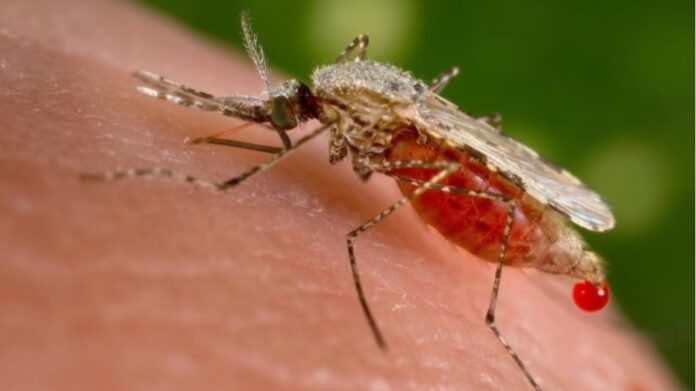Malaria, a life-threatening disease caused by parasites, continues to affect millions of people worldwide. Despite advancements in medical research, it remains a persistent challenge in many parts of the world, particularly in tropical and subtropical regions. At the heart of malaria’s transmission lies the bite of a mosquito, making it one of the most prominent mosquito-borne diseases. Understanding how malaria spreads is crucial to combating its impact and protecting vulnerable populations.
What Causes Malaria?
Malaria is caused by Plasmodium parasites. Five species of Plasmodium can infect humans, with Plasmodium falciparum and Plasmodium vivax being the most common. Of these, P. falciparum is the deadliest, responsible for most malaria-related deaths globally.
These parasites are transmitted to humans through the bite of an infected female Anopheles mosquito. Not every mosquito can transmit malaria; only certain species of Anopheles mosquitoes, which thrive in warm and humid climates, serve as vectors for the disease.
The Life Cycle of Malaria Transmission
Malaria’s spread depends on a complex life cycle involving both humans and mosquitoes. Here’s how it unfolds:
- Mosquito Becomes Infected: A female Anopheles mosquito becomes infected when it bites a person already carrying the malaria parasite. During the blood meal, the mosquito ingests Plasmodium parasites, which are present in the human bloodstream.
- Parasite Development in the Mosquito: Inside the mosquito’s stomach, the parasites undergo several stages of development before migrating to the mosquito’s salivary glands. This process usually takes 10–18 days, depending on the species of Plasmodium and environmental conditions such as temperature.
- Transmission to Humans: When the infected mosquito bites another human, the parasites are injected into the person’s bloodstream through the mosquito’s saliva. These parasites travel to the liver, where they multiply silently for days before returning to the bloodstream to infect red blood cells. It is at this stage that symptoms begin to appear.
Why Are Mosquitoes the Perfect Vectors?
Anopheles mosquitoes are ideal vectors for malaria due to their feeding habits and biological traits. They are nocturnal feeders, meaning they bite mostly at night, increasing the chances of undisturbed blood meals. Additionally, these mosquitoes can survive long enough for the parasite to complete its development, ensuring continued transmission.
The mosquitoes’ breeding habits also contribute to malaria’s spread. They lay their eggs in stagnant water, such as puddles, swamps, and water containers. In regions with high rainfall or poor drainage, mosquito populations can thrive, leading to a higher risk of malaria transmission.
Environmental and Societal Factors
The spread of malaria is closely linked to environmental and societal conditions. Factors that contribute to its transmission include:
- Climate: Warm temperatures and humidity create an ideal environment for mosquitoes and parasite development.
- Poor Sanitation: Stagnant water and unclean surroundings provide ample breeding grounds for mosquitoes.
- Population Movement: People traveling from malaria-free areas to endemic regions may become infected, introducing the disease to new locations.
- Healthcare Access: Limited access to healthcare and preventive measures, such as insecticide-treated bed nets, increases vulnerability in many low-income communities.
Breaking the Cycle of Transmission
Controlling and preventing malaria relies on disrupting the transmission cycle. Effective strategies include:
- Using Mosquito Nets: Sleeping under insecticide-treated bed nets reduces the chances of being bitten.
- Indoor Residual Spraying: Spraying homes with long-lasting insecticides kills mosquitoes that rest indoors.
- Eliminating Breeding Sites: Draining stagnant water and improving sanitation reduce mosquito populations.
- Antimalarial Medications: Treating infected individuals prevents the parasite from spreading to mosquitoes.
- Vaccination: While still under development, malaria vaccines such as RTS,S are providing hope for reducing transmission in endemic areas.
Conclusion
Malaria’s spread through the bite of Anopheles mosquitoes makes it a uniquely challenging disease to combat. By understanding how the disease is transmitted, public health initiatives can focus on targeted interventions to break the cycle. With a combination of preventive measures, treatment, and continued research, it is possible to significantly reduce the global burden of malaria and save countless lives.










